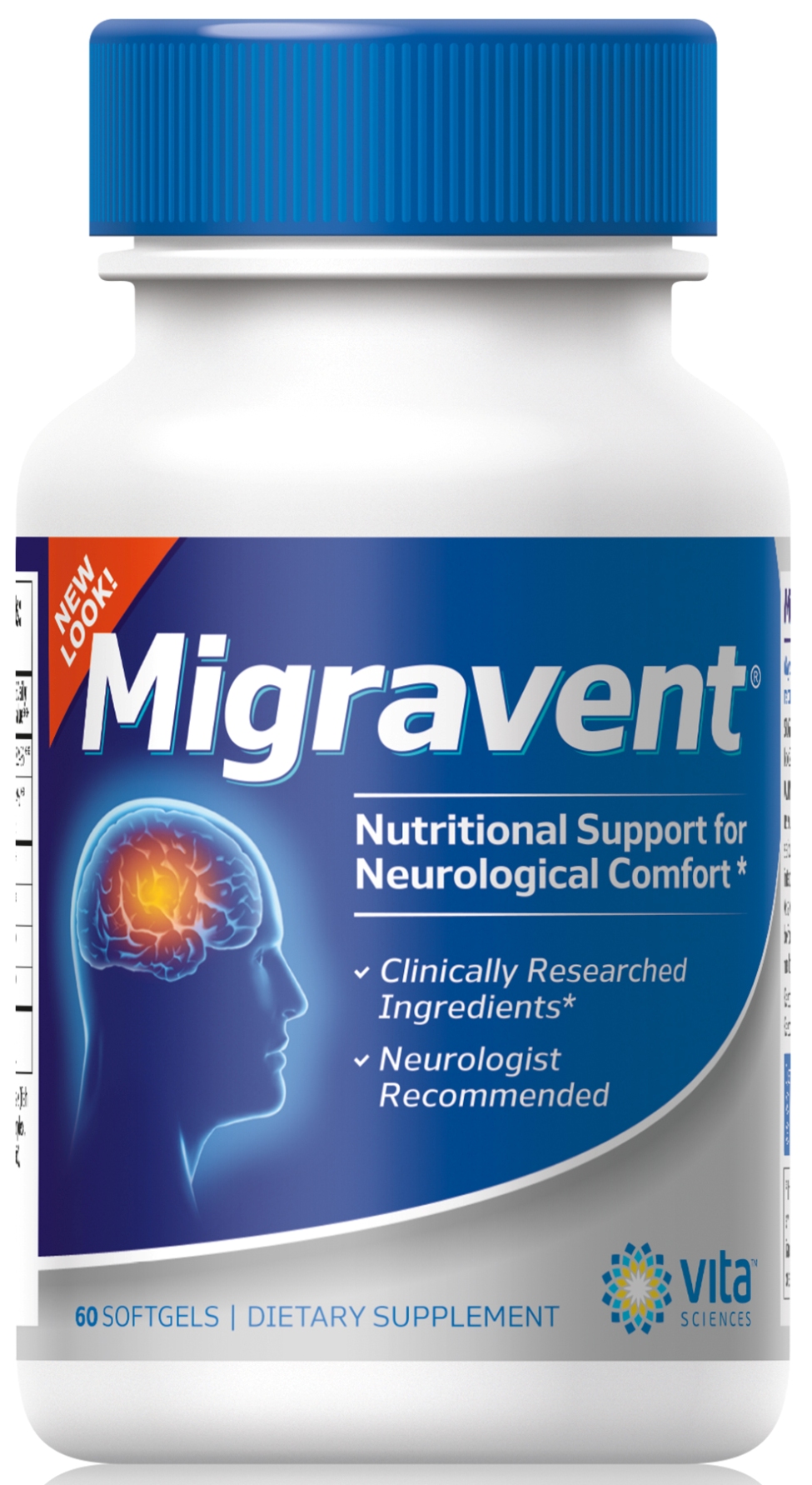Acupuncture is a collection of procedures involving placing fine needles at specific points on the body’s surface to stimulate certain points on the body, followed by gentle manual or electrical stimulation of the needles. The needles are said to relax the nervous system around central pain pathways and promote the release of endorphins, the body’s natural feel-good chemicals.
What is acupuncture?
In its classical form, acupuncture is a characteristic component of traditional Chinese medicine (TCM) that uses thin needles to trigger a healing response in certain points of the body. Contrary to popular belief, treatments aren’t painful, as the acupuncture needles are only as thick as a human hair. There are no drugs or no side effects involved with acupuncture.
Acupuncture addresses the cause of migraines, rather than just treating the pain. As a result, the beneficial effects last longer than any traditional medicinal treatments.
One of the ways in which acupuncture helps with migraines is by eliciting a relaxation response and enhancing circulation, thus promoting good neurological health.
Dr. Ahn Yang has been receiving migraine sufferers for many years. “Acupuncture has been used for 3,000 years…” and can help 80% of patients with migraines, says the head of the Ahn Clinic in Scottsdale, Arizona.
The American Headache Society, in February 2012, recommended acupuncture for migraines.
Many migraine patients only require 3-5 acupuncture treatments before they start to feel results.
How does acupuncture help migraines?
Complementary and alternative medicine practitioners suggest using acupuncture for migraines before exploring migraine preventatives that can cause harmful side effects.
The greatest advantage of acupuncture over traditional medicine is that it does virtually no harm. Unlike synthetic drugs, acupuncture has virtually no side effects, and the procedures for treating headaches are much less invasive.
Acupuncture helps people with migraines by providing the following health benefits:
- It stimulates nerves located in muscles and other tissues, which then leads to release of endorphins and other neurohumoral factors, and also changes the processing of pain in the brain and spinal cord.
- By promoting release of vascular and immune-modulatory factors, acupuncture can sustain a healthy response to inflammation in people with migraines.
- For migraine patients with cortical spreading depression (an electrical wave in the brain associated with migraine), acupuncture helps to manage plasma levels of calcitonin gene-related peptide and substance P (both implicated in the pathophysiology of migraine)
- It helps to modulate extra-cranial and intra-cranial blood flow
- For people with migraines, acupuncture promotes healthy serotonin levels in the brain. (Serotonin may be linked to the initiation of migraines.)
Besides migraine, acupuncture is also beneficial for people suffering from other types of chronic pain, including lower back pain, neck pain, shoulder pain, elbow pain, hip pain, knee pain, foot pain, and rheumatoid arthritis.
Great advice with migraines
It is recommended that migraine sufferers consider making some important lifestyle changes to reduce the incidence of headaches:
- Sleep adequately (7-8 hours per day)
- Avoid physical or mental fatigue
- Avoid alcohol (especially red wine)
- Avoid caffeine
- Eliminate foods that trigger migraines: dairy, chocolate, spices, wheat and corn
- Avoid any triggers that cause your headaches
As always, one should consult with their doctor before engaging in any new treatments.
Please tell us…
Have you tried using acupuncture for migraines?
Do you have any questions or suggestions? Please leave your comments below.
Share with your friends!
If you found this article helpful, then please share with your friends, family, and coworkers by email, twitter, or Facebook.
Like this? Read more:
Integrative Medicine for Migraines- East meets West
Complementary and Alternative Medicine (CAM) for Chronic Pain
Rub out Migraine Headaches with 5 Chinese Acupressure Points
Image courtesy of oceanaris/flickr



